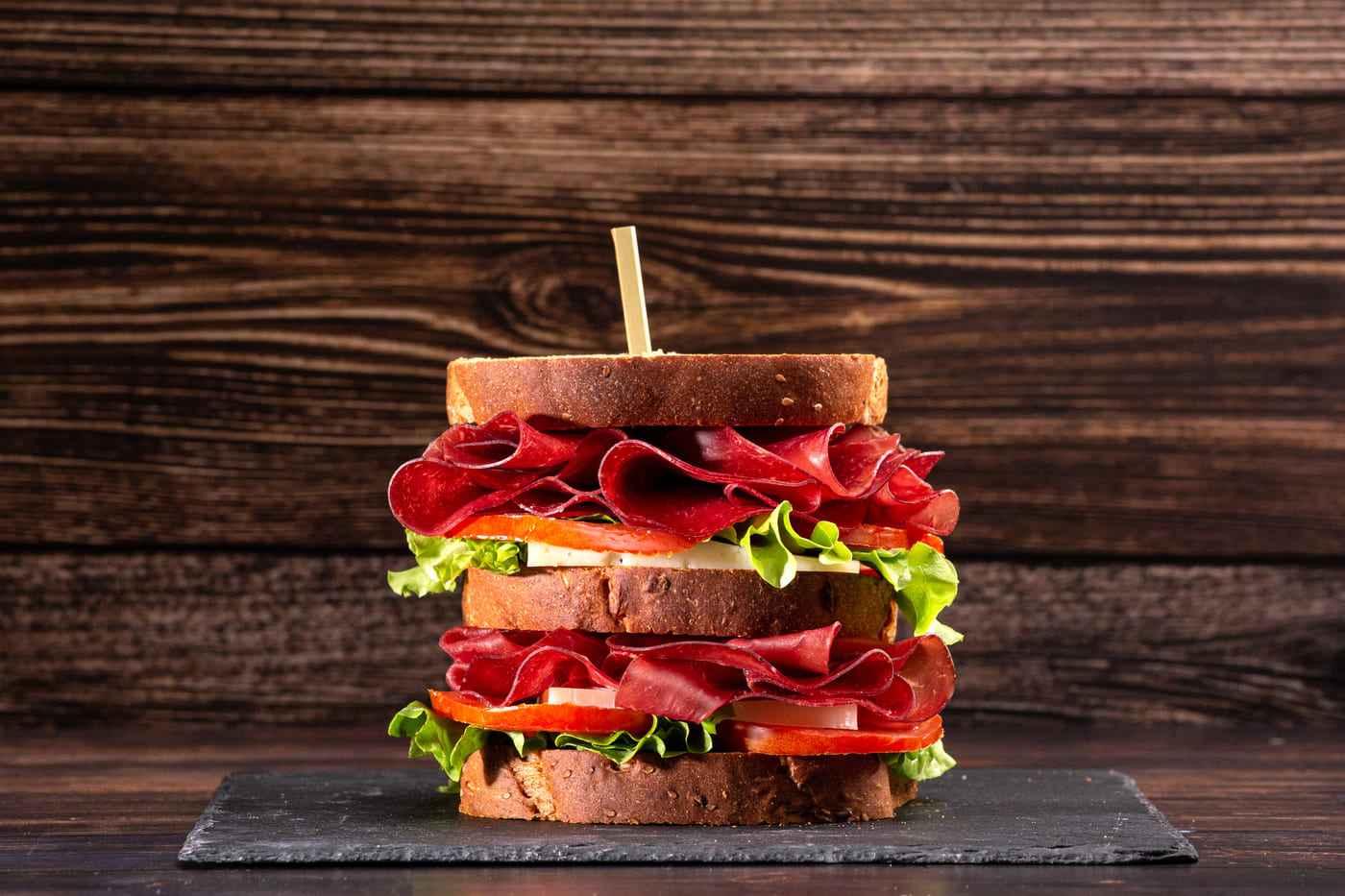When we talk about natural integration we must start from the fact that in recent years the number of products dedicated to athletes has increased dramatically: Raise your hand if you haven’t felt disoriented when faced with the wall of sports food and supplements inside a specialized shop. Powders, bars, gels, supplements that are presented to us as essential for the success of training and indispensable for our overall health.
Natural integration: the importance of Food First
The products on the market are undoubtedly excellent allies in situations where practicality and nutritional intake must go hand in hand, but they must be chosen carefully, through a careful and critical reading of the nutritional label, to understand if it is something useful for the personal purpose.
Food First: the greatest ally for athletes of all levels is none other than natural food
As innovation advances, we often find ourselves setting aside the validity of choices that now seem outdated. “Food First! I still remember the first time I heard in a sports nutrition conference talk about how the greatest ally for athletes of all levels was none other than natural food.” – he claims Miranda Valtorta, dietician specializing in endurance sports who will be among the speakers of Campus Bike Conventionthe first international event dedicated to the relationship between cycling and performance scheduled in Bologna on 2 and 3 December 2023 at FICO Eataly.
1. Discover the key nutrient
The same scientific literature recalls how, to cover the increased needs of the endurance athlete, it is important, first and foremost, a careful selection of natural foods and drinks rich in nutrients. In endurance sports such as cycling, the key nutrient for performance is carbohydrates: requirements increase as the commitment to be faced increases. “With Bikeitalia athletes – continues Miranda Valtorta – we work a lot on nutritional education, to help them recognize the natural sources of these precious nutrients and support them in creating adequate meals and snacks, in terms of quantity and timing, both for the personal performance-recovery combination and for all-round well-being. Because each of us is a cyclist in our own right and needs to tailor our own nutritional strategy to our own tastes and habits”.
2. What to eat for breakfast
Let’s think about the breakfast that precedes a long weekend outing: the guidelines recommend consuming a meal that provides approximately 1-4 g/kg body weight of carbohydrates. For a 70 kg person, aiming towards the highest value, this ratio can be translated, for example, into a portion of oat porridge with fruit, combined with 2-3 slices of bread with ricotta and honey and a ripe banana . READ ALSO: The cyclist’s breakfast: what to eat while cycling before going out
3. What to eat during the activity
During the ride it is essential to consume a certain amount of carbohydrates per hour to support performance: from 30 to 90 g of carbohydrates per hour, the guidelines tell us.
Do you know where I can find 30g of carbs? In a classic morsel of bread stuffed with 2 tablespoons of jam or chocolate; or in 3 or 4 dehydrated apricots or dates. READ ALSO: When is it really time to drink mineral salt supplements
4. What to eat post workout
Post training or long outing is a crucial moment: eating the right nutrients with the right timing optimizes recovery and helps us push hard even in the next training session. Here too, literature comes to our aid by defining the most appropriate contributions for the purpose.
What can I eat? I can certainly choose commercial products with a nutritional profile in line with the needs of that moment, otherwise I could also make myself a nice sandwich stuffed with bresaola, parmesan and a squeeze of lemon accompanied by a nice portion of fruit. READ ALSO: Is it better to eat proteins or carbohydrates after training?
Photo by Jonathan Pielmayer / Elena Mozhvilo
Advertising
